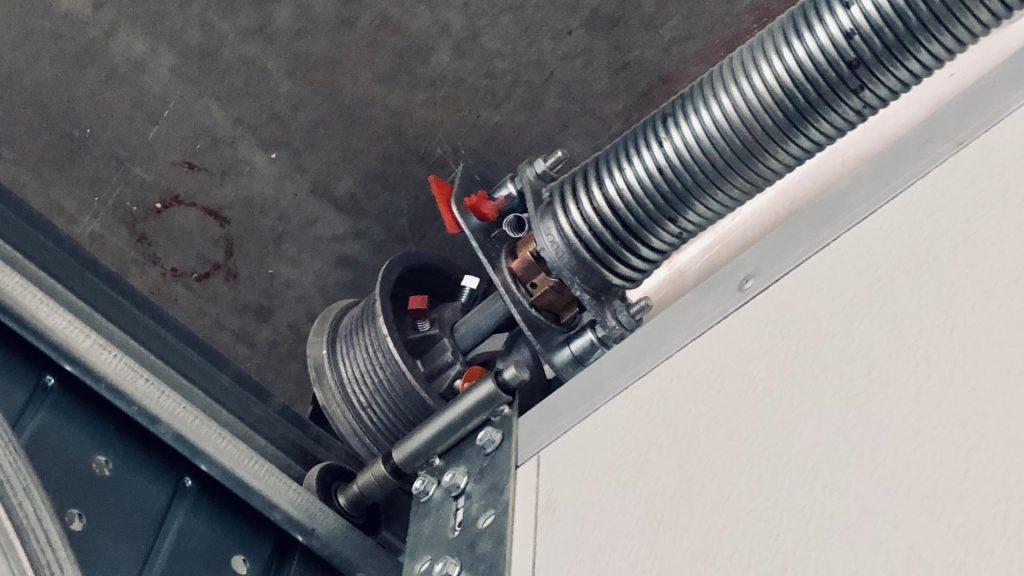Garage doors play a crucial role in providing security and convenience for our homes. However, they also pose potential dangers, especially when it comes to garage door springs. In this article, we’ll explore the risks associated with garage door springs accident, understand their causes, and learn how to prevent them.

The Anatomy of Garage Door Springs
Types of Springs
Garage doors typically use two main types of springs: extension springs and torsion springs.
- Extension Springs: These springs are located on both sides of the garage door and stretch when the door is in motion.
- Torsion Springs: Torsion springs are mounted horizontally above the garage door and wind up when the door is opened.
Both types of springs counterbalance the weight of the garage door, making it easier to open and close manually or with a garage door opener.
Risks and Causes of Garage Door Springs Accidents
1. Spring Breakage
Garage door springs are under immense tension, and over time, they can weaken and eventually break. When a spring breaks, it can release stored energy suddenly and forcefully, potentially causing injury or property damage.
2. Poor Maintenance
Lack of regular maintenance, such as lubrication and inspection, can lead to spring deterioration. Rust and wear and tear can weaken the springs, making them more prone to breakage.
3. Attempted DIY Repairs
Garage door spring repairs require specialized knowledge and tools. Attempting to repair or replace garage door springs without the necessary expertise can be dangerous and may lead to accidents.
4. Aging Springs
As garage door springs age, their metal composition can degrade, reducing their tensile strength and increasing the risk of breakage.
Preventing Garage Door Springs Accidents
1. Regular Maintenance
Schedule annual maintenance with a professional garage door technician. They can inspect the springs, lubricate moving parts, and identify any potential issues before they become critical.
2. Avoid DIY Repairs
Garage door spring repairs are not suitable for DIY enthusiasts. If you suspect a problem with your springs, contact a qualified technician to assess and perform any necessary repairs or replacements.
3. Safety Cables*
Consider installing safety cables on extension springs. These cables run through the center of the spring and help contain the spring if it were to break, reducing the risk of injury or property damage.
4. Be Cautious*
Exercise caution around garage doors, especially when they are in motion. Keep children and pets away from the area to prevent accidents.
5. Replace Springs in Pairs*
If one garage door spring breaks, it’s advisable to replace both springs, even if the other seems to be in good condition. This ensures balanced operation and reduces the risk of future breakage.
What to Do in Case of an Accident
If you experience a garage door spring accident, such as a broken spring, follow these steps:
- Stay clear of the area and avoid attempting repairs yourself.
- Keep others, especially children and pets, away from the garage.
- Contact a professional garage door technician immediately for assessment and repair.
Conclusion: Prioritizing Safety
Garage door springs accident can result in serious injuries and property damage. To prevent these incidents, prioritize regular maintenance by trained professionals, avoid DIY repairs, and exercise caution around garage doors. By taking these precautions, you can enjoy the convenience of your garage door while ensuring the safety of your family and property.



Leave a Reply